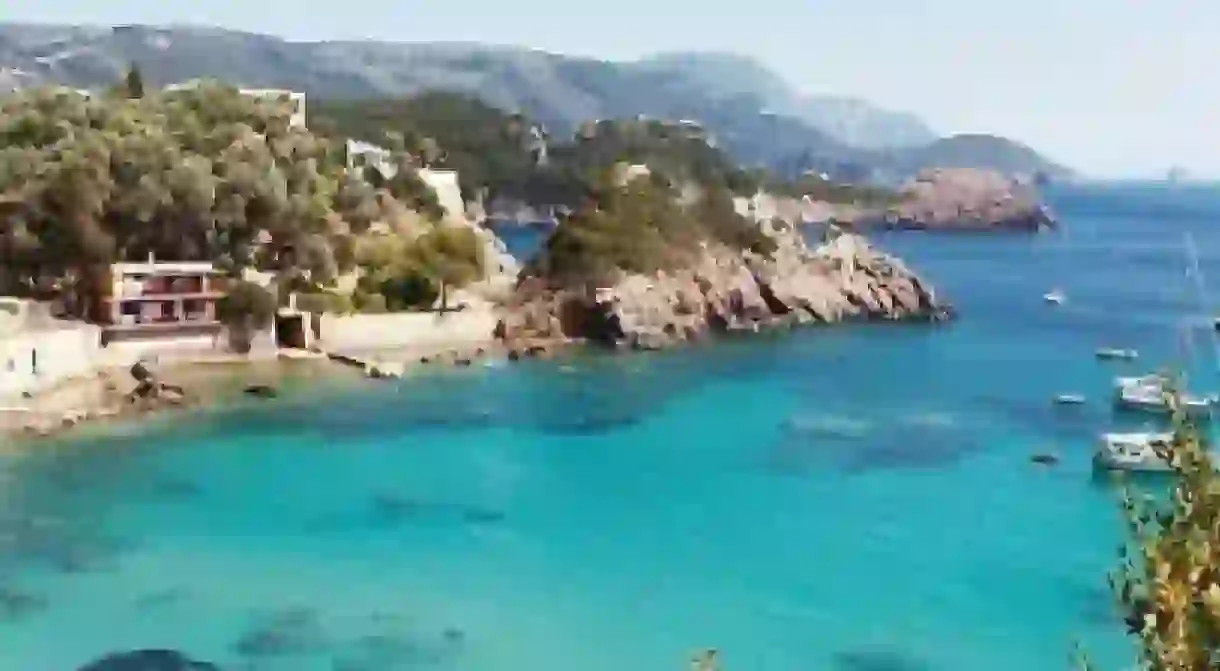The 10 Best Art Galleries & Museums In Corfu

A holiday haven for many Europeans, Corfu is more closely associated with the sun and sea than it is arts and culture. However, away from the beaches is a veritable wealth of cultural venues that tell the story of this tiny island, including its traditions, food and typical clothing. Here are ten of the best exhibition spaces in Corfu.

Municipal Art Gallery
Art Gallery, School
Achilleion Palace
Building, Museum, Architectural Landmark

The Folkloric Museum of Central Corfu
Museum
Olive Museum
Located in in the small village of Kynopiastes, and housed in a perfectly preserved oil mill from the early part of the 20th century, the Olive Museum pays homage to the fruit that is famously linked with the region. Displaying a rich collection of equipment used for the extraction, collection and elaboration of oil, this museum showcases the tools and resources which brought wealth and affluence to Corfu. This may not be the typical museum experience, but it does offer a fantastic insight into a trade that built the economic foundations of Corfu.

Mon Repo Palace
Museum, Ruins, Architectural Landmark

Solomos Museum
Library, Museum, School

The Serbian Museum
Not necessarily what you would expect to find on a Greek island, this collection of military regalia, religious iconography, uniforms, flags, medals and other items are all sourced from the Serbian troops seeking refuge on the Island of Corfu during the First World War. Explaining and expounding on the link between these two countries and how it came to be that Serbian troops found themselves on the island, The Serbian Museum provides a fascinating insight into a little-known aspect of the war and how these two nations were intrinsically involved.
The Serbian Museum, 19 Moustoxidi St., Corfu, Greece, +30 26 6103 3960

The Antivouniotissa Museum
The Antivouniotissa Museum is nestled inside the awe-inspiring setting of a 15th century church dedicated to the Holy Virgin Our Lady of Antivouniotissa, and is a rather complete example of the Heptanesian basilica architectural style. The museum part of the building first opened in 1984 but since then has undergone major restoration works in 1994 and 1999-2000, making it an up-to-date exhibition of artistic representations of religious iconography and heirlooms of the Byzantine period. This ultra modern set-up complements the stunning historical surroundings with style and grace, and makes the museum a must-see for anyone in the area.
The Antivouniossitissa Museum, Old Fortress, Corfu, Greece, +30 26 6103 8313
Banknote Museum of Greece
Museum
Museum of Traditional Costumes
Museum













